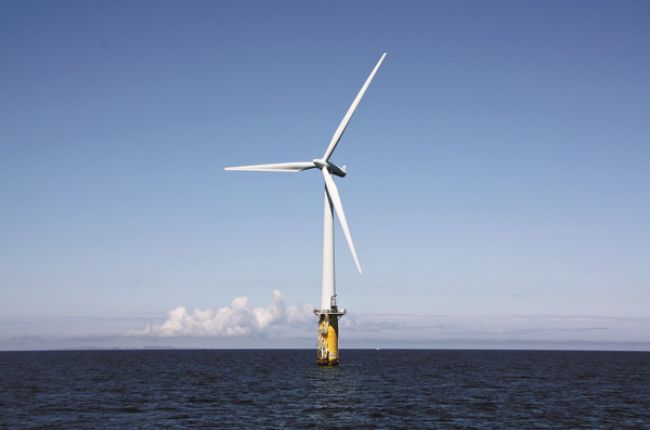Onshore vs Offshore Wind Turbines

As the world grapples with the urgent need to transition to cleaner and more sustainable sources of energy, wind power has emerged as a significant player in the renewable energy landscape. Wind turbines, which harness the kinetic energy of moving air to generate electricity, have become iconic symbols of our efforts to combat climate change and reduce reliance on fossil fuels. Within the realm of wind power, the debate between onshore and offshore wind turbines has gained prominence, as both options offer unique advantages and challenges. This article delves into the distinctions between onshore and offshore wind turbines, exploring their benefits, drawbacks, and contributions to our global pursuit of a greener future.
Onshore Wind Turbines
Onshore wind turbines are those erected on land, typically in locations with ample wind resources. They have long been a popular choice for renewable energy projects due to several key advantages. One of the primary benefits of onshore wind turbines is their relatively lower installation cost. Building on land requires less complex foundation engineering compared to offshore installations, which translates to reduced overall project expenses.
Furthermore, the accessibility of onshore sites simplifies the logistical challenges associated with construction, maintenance, and repairs. Technicians and engineers can easily access the turbines, resulting in quicker response times when addressing issues or performing routine maintenance. This accessibility also contributes to a more streamlined supply chain, minimizing delays and ensuring efficient operation.
Another advantage of onshore wind turbines is their proximity to populated areas, which facilitates efficient electricity distribution. The electricity generated can be easily transmitted to homes, businesses, and industries without the need for extensive transmission infrastructure. This characteristic makes onshore wind energy a valuable contributor to local energy grids and can help reduce reliance on non-renewable energy sources.
Offshore Wind Turbines
Offshore wind turbines, on the other hand, are installed in bodies of water, typically oceans, seas, or large lakes. While the challenges and costs of offshore installation are generally higher, offshore wind power presents several unique advantages that make it an attractive option for countries with strong maritime potential.
One of the most notable benefits of offshore wind turbines is the significantly higher wind speeds and consistent wind patterns experienced at sea. These conditions allow offshore turbines to generate more electricity compared to their onshore counterparts. Additionally, locating turbines offshore minimizes the impact of obstacles such as buildings and terrain, resulting in less turbulence and a more consistent flow of wind energy.
Another advantage of offshore wind power is its potential to free up valuable land resources. In densely populated areas, finding suitable land for large-scale onshore wind farms can be a challenge. By moving wind turbines offshore, countries can tap into an underutilized resource without competing for land needed for agriculture, urban development, or other purposes.
Challenges and Considerations
While both onshore and offshore wind turbines offer compelling benefits, they also present unique challenges that must be carefully considered in energy planning and policy-making.
Environmental Considerations: Offshore wind turbines are often touted as less disruptive to local ecosystems and wildlife compared to onshore installations. However, their construction can still have environmental impacts, particularly during the installation phase. Disturbance to aquatic ecosystems, noise pollution, and the potential to interfere with marine life migration patterns are all factors that must be weighed.
Installation and Maintenance: Offshore wind turbines face more complex engineering challenges due to the harsh marine environment. Installation and maintenance can be logistically demanding and expensive, requiring specialized vessels, equipment, and personnel. Onshore turbines, while generally easier to install and maintain, still require careful site selection to mitigate potential impacts on local communities and ecosystems.
Visual Impact and Public Perception: Both onshore and offshore wind turbines can face opposition due to their visual impact on the landscape or seascape. Some people find the sight of wind turbines visually intrusive, and these concerns can affect local support for projects. Balancing the benefits of clean energy with public perception and aesthetic considerations is an ongoing challenge for wind power developers.
Conclusion
The debate between onshore and offshore wind turbines underscores the complexities of transitioning to a renewable energy future. While onshore turbines offer cost advantages, accessibility, and straightforward installation, offshore turbines harness more consistent wind resources and can alleviate land use pressures. Both options contribute significantly to reducing greenhouse gas emissions and mitigating the impacts of climate change. The choice between onshore and offshore wind power ultimately depends on a country’s geographical, environmental, economic, and social factors. By carefully evaluating these factors and making informed decisions, we can harness the power of wind energy to propel us towards a sustainable and greener future.



